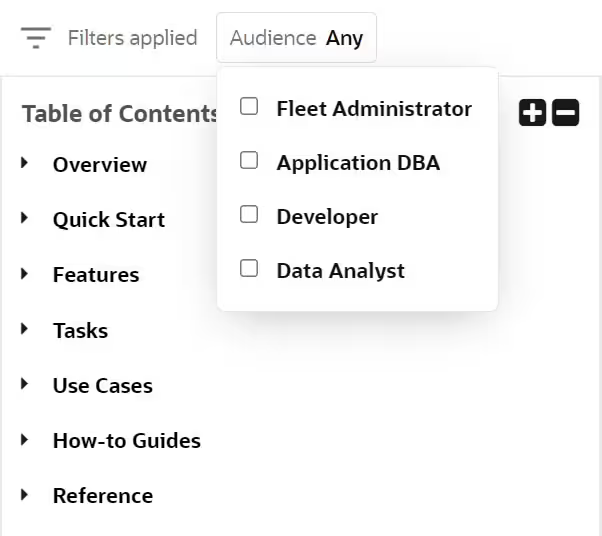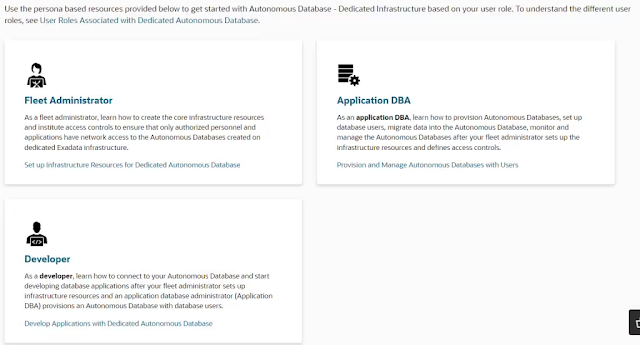Earning an Oracle Recruiting Cloud 2022 Implementation Professional certification will help you learn new technologies and skills, thus increasing your probability of a promotion. Oracle professionals believe that getting an Oracle 1Z0-1069-22 certification can help grow their careers.
The development of science and technology has brought a wave of competition in the cloud industry. One of the best measures to survive in this cut-throat competitive world is demonstrating your skills and getting certified. The Oracle Recruiting Cloud 2022 Implementation Professional 1Z0-1069-22 exam serves this goal, and the Oracle 1Z0-1069-22 exam plays a crucial role in achieving your dreams. The Oracle certifications are globally accepted and improve your opportunities for higher salaries.
Oracle 1Z0-1069-22 exam is high enough for all those professionals who need to boost their career in IT. This exam is an opportunity to open new realms in your career. We present the preparation guide for the Oracle 1Z0-1069-22 exam to assist you in this process. To complete the loop, it is equally important to have all the essential elements related to the exam.
Why Choose the Oracle 1Z0-1069-22 Exam?
Oracle 1Z0-1069-22 validates your skills to become an Oracle Recruiting Cloud 2022 Certified Implementation Professional and supplies you with an edge over your competitors. Moreover, Oracle certifications are well-recognized around the globe.
Therefore you can derive the following benefits from this certification:
- To begin with, the 1Z0-1069-22 exam develops your knowledge, and an Oracle certification is demanding to your prospective employers.
- Also, it enhances your potential earning power to command a higher salary.
- Subsequently, you receive access to a secure digital badge to add to your social media profiles.
- Moreover, through this exam, you get to join the 80% of Oracle certification holders who reported a promotion or salary increase and career improvement.
This certification exam is undoubtedly a move ahead in your career advancements. If you need clarification about the exam preparations, relax because we will provide you with a specially curated guide that solves all your doubts.
Study Tips for Oracle 1Z0-1069-22 Exam
We know how overwhelming can all this information be for you, and you might be wondering about all these questions. Just strap in because we provide you with preparation tips specially curated by experts. This study guide will help you throughout your journey for this exam and act as a bridge for your career advancements.
So Let’s start step by step:
1. Understand the 1Z0-1069-22 Exam Topics
The course domains act as a blueprint for the exam. You should be very clear with the syllabus of the Oracle 1Z0-1069-22 exam. Remember to refer to the official website before commencing your preparations.
2. Take a Look at Study Resources
Many online and offline study resources are available to prepare for this exam. Hence you should look over all the study resources and choose from the plethora of options.
3. Prepare from Oracle 1Z0-1069-22 Books
Books have always been the golden way to prepare for an exam. They guarantee in-depth clarity of complicated topics and are easy to refer to. There are different books available for this certification exam. You may review them and choose the one that suits you the best.
4. Online Training Course
This exam is practically oriented; therefore, it requires hands-on experience in labs and clarity of the topics. Training is essential to answer questions timely and accurate. Oracle offers a training program for your preparations. The training program provided in Oracle Talent Management Cloud Learning Subscription
5. Start Taking 1Z0-1069-22 Practice Test
1Z0-1069-22 practice tests are a must for any exam preparations. Practice tests help you evaluate your performance and evaluate your weaker areas. They provide a similar exam environment to check your accuracy and speed. Attempt multiple practice tests to improve and excel in this field.
You can refer to the online expert learning resources designed to practice for the 1Z0-1069-22 exam to provide a genuine exam experience. Also, you must refer to a unique set of questions shuffled with different levels, which will help you check your preparations. You should attempt as many practice tests as possible before the final exam and analyze the weak areas to improve.
6. Join an Online Community
Online forums and study groups are critical in preparing for an exam and help you learn from the experts. Moreover, such online study groups are fruitful as they connect you with other candidates appearing for the same, provide valuable insights into the certification, and clarify your doubts.
Follow the preparation tips, and your success is guaranteed. You will surely clear this 1Z0-1069-22 exam on the first attempt with flying colors.



































